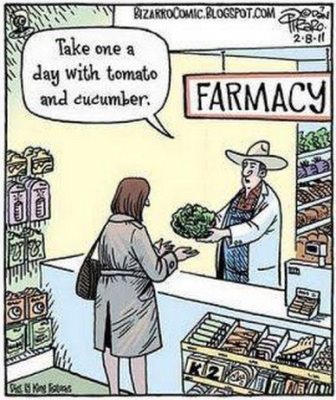Healthy Meal Planning
Our guidance to healthy meal planning can be summed up in the "B" in our BVM approach to healthy eating - Balance. Meaning balance your meals with the macronutrients carbohydrates, protein and fats. But not just any of these...like with anything, there are good and bad varieties.
Healthy Meal Plans Made Easy. Click Here For Our Meal Plan Options!

Vegetables
"Eat your vegetables!" No doubt you heard this once or twice growing up. And just like most things our parents tried to help us with...there was good reason.
Vegetables provide you with essential vitamins and minerals your body needs. They also contain fiber, which will help keep you regular and also helps to keep you feeling satiated between meals.
Keep in mind, foods like corn and peas are actually not vegetables, but legumes and grains. Limit your intake of those, and opt for vegetables like lettuce, spinach, kale, celery, and peppers instead.
Use This Proven Plan To Lose Weight
Healthy FatsEvery meal should absolutely include healthy fat. Healthy fats are MUFAs or PUFAs (mono unsaturated and poly unsaturated) that give your body the kinds of essential fatty acids you need to thrive. Healthy fats can also help you feel satiated between meals, which is what helps you to stay on the straight and narrow with your healthy planning, resisting the urge to binge eat. Healthy fats include olive oil, grapeseed oil, organic butter, coconut oil (extra virgin only), raw nuts, nut butters, and avocadoes.
What's For Dinner Tonight? Click Here For Healthy Dinner Recipes and Meal Plan Options
Protein
The power of protein. Every meal needs to have this...it's the essential building block of healthy meal planning.
Protein provides your body with essential amino acids you need for neural and cognitive processes. In addition, it has a stabilizing effect on your blood sugar, evening out those highs and lows that can cause you to eat everything in sight.
Here is the good and bad...not all proteins are created equal. We are fans of whole organic, cage free eggs, all-natural cuts of meat, raw nuts, and nut butters.
Stay away from fatty sources of protein, meats that contain nitrites or nitrates. Those types of proteins can be detrimental to healthy meal planning. There is a debate whether soy products are bad but that is a topic of another page or our blog.
WaterWater should be your go-to beverage of choice while making the healthy eating switch. In fact, you should be drinking water not just with every meal, but between meals as well. The old adage about drinking 8 glasses of water per day is outdated. Instead, you should be aiming for half your body weight in ounces of water per day—more than that if you work out.
Why so much water? Studies show that most Americans are slightly dehydrated. Dehydration can actually register in the brain as hunger rather than thirst. So by drinking enough water, you are keeping your body from feeling hungry, and that keeps you from eating more food than you should. Use these four components in your healthy meal planning and you will be on the road to better health and aging.
LEARN HOW OUR HEALTHY FREEZER MEALS CAN SAVE YOU TIME AND MONEY
GET FREE
INSTANT ACCESS!!
Meal Planning Quick Guide, PLUS for limited time:
* 10 Day Meal Plan with grocery shopping list, cooking tips and more
* Tips For Getting Kids To Eat Healthier
* Introductory e-course
Healthy Cooking & Eating
A $47 Value! All this when you sign up for my newsletter...
Sign up below!
Wildtree is an all-natural food company that doesn't use any preservatives, no food dyes and NO MSG! From appetizers to desserts, breakfast, lunch and dinner. Wildtree is a great choice! Now they're ORGANIC!!
Quick, Easy & Healthy Meals.





